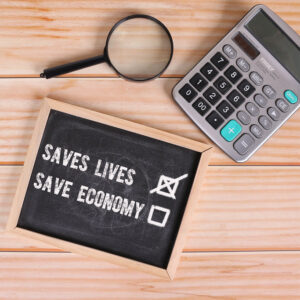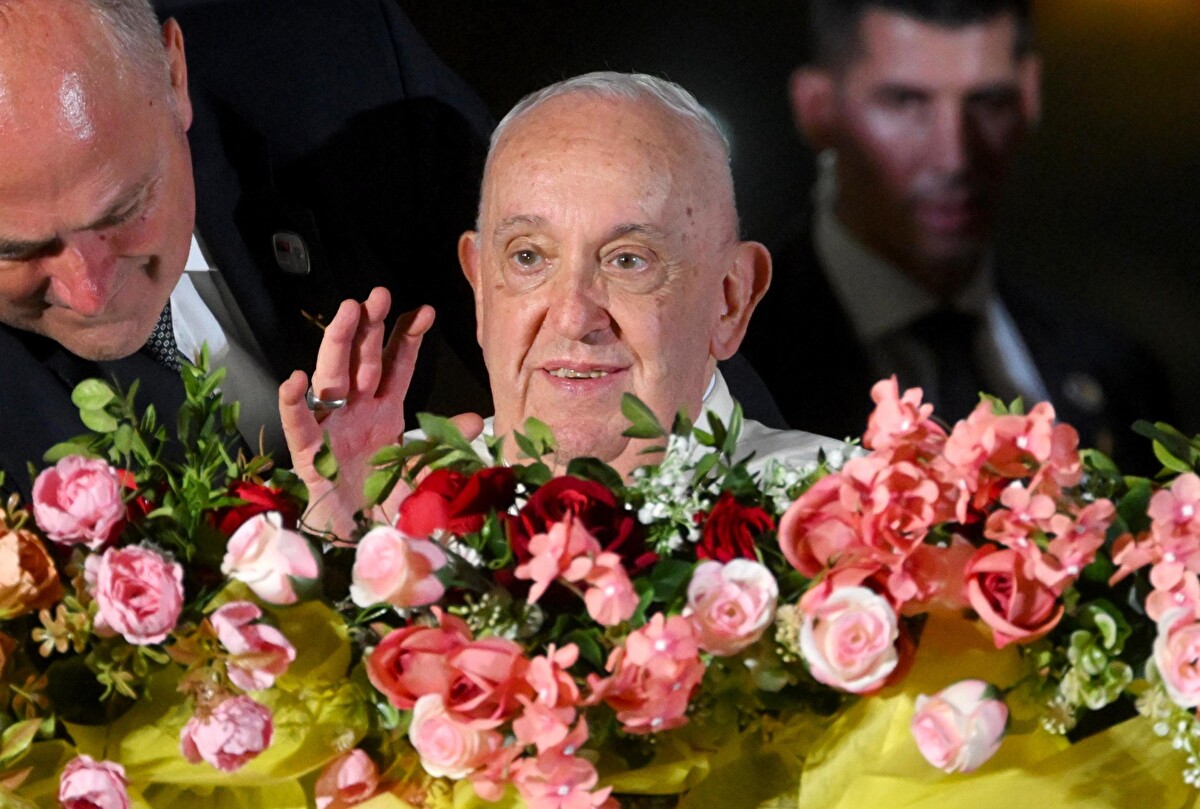Leonardo da Vinci’s, “Salvator Mundi” sold for $450.3 million at Christie’s on November 15, 2017.
This may sound like a shocking sum to most of us who are not art collectors, and while it is the most expensive work of art on record, it is not unique. Indeed, here are the remaining 4 of the top five:
Pablo Picasso’s “Les Femmes d’Alger” (“Version O”), 1955, sold for $179.4 million at Christie’s on May 11, 2015; Amedeo Modigliani’s “Nu couché,” 1917–18, sold for $170.4 million at Christie’s on November 9, 2015; another version of this same painting, Modigliani’s “Nu couché (sur le côté gauche)”, 1917–18, sold for: $157.2 million at Sotheby’s on May 14, 2018, and Francis Bacon’s “Three Studies of Lucian Freud”, 1969, sold for $142.4 million at Christie’s on November 12, 2013.

If you’re not a fan of classic art, then perhaps you may prefer Andy Warhol’s “Triple Elvis” (1963), which you could have picked up at a bargain at only $81.9 million at Christie’s on November 12, 2014. Suffice it to say that just the top 10 of the art world’s most expensive sales add up to more than 1 billion dollars.
The question is, why are collectors willing to spend so much money on a painting that they will most likely hide away in a living room where only they and their closest friends will be able to enjoy it? In most cases they can’t even boast of having such a possession because of the risk of theft and for insurance purposes, and therefore frequently these purchases are made anonymously and remain a secret.
I would be the last person on earth to disparage or minimize the value of ‘art’ in all its forms. After all, as an academic and social critic, I’ve spent my professional life examining, analyzing, and explaining works of art. Yet at the same time, I frequently wonder about the value of art in a world where a good portion of the population is going hungry.
One of the defining characteristics of ‘Civilization’ is the production of art. A ‘civilized’ population engages in different forms of art, but generally this only happens once they have attained the necessary levels of food security and societal harmony. The history of art focuses on objects made by humans in visual form for aesthetic purposes, that is, those created and valued simply for their beauty. A plow may be useful, and certainly it marks progress in the development of a community, but it is not art–except in the post-modern world where it may acquire ironic or referential significance. I’m not disputing that art is important, but what I have become adamant about is that in a world where resources are finite and people starve, buying art at astronomical sums of money should no longer be top priority and such wanton expense may even be morally unjustifiable.

820 million people do not have enough to eat globally. According to UNICEF, approximately 3.1 million children die from undernutrition each year. Hunger and undernutrition contribute to more than half of global child deaths, as undernutrition can make children more vulnerable to illness and exacerbate disease.
Furthermore, even when hunger doesn’t kill outright it also causes stunted growth in 149 million children annually. The estimate of what it would cost to end world hunger is as low as 7 billion dollars.
The global art market — which includes galleries, art fairs, and auction sales, generated $67.4 billion in sales just in 2018. In other words, the art that was sold and purchased in one year, could end world hunger many times over. Even if we consider the highest estimate that it would take to end hunger, of roughly $65 billion, that sum could end global hunger.
How is value calculated for a Van Gogh or a Picasso? Is it a question of supply and demand? The numbers involved are so tiny that it makes it impossible to talk of a market of supply and demand. As one expert put it, “These sales are driven by a small group of wealthy collectors who pay astronomical prices for works made by an even smaller group of artists, who are in turn represented by a small number of high-profile galleries.”
If it’s not supply and demand that creates the astronomical prices, what is it?
According to an expert, “The reason some artists’ work sells for millions of dollars is because there’s a consensus in the art world that those works should sell for millions of dollars. And since art is ‘a market for unique objects,’ Velthuis adds, there’s also a sense of scarcity — even though artists like Jeff Koons and Damien Hirst pump out works at an industrial scale.”
It’s fair to say that this situation is a prime example of circular reasoning: it’s an artificial creation of value based on the fact that enough of the ‘right’ people think it’s valuable and therefore it becomes valuable only for that reason. Indeed, not infrequently we may also discover that the work of art is not authentic, that it’s forged, and therefore, there isn’t even the justification that it’s a rare product made by a genius.
It is an open secret that ‘Fine Art’ is an attractive vehicle to launder money. It can be hidden or smuggled. Transactions often are private, and prices can be subjective and manipulated — as well as extremely high.
According to The Globe and Mail: “Once purchased, the art can disappear from view for years, even decades. A lot of the art bought at auctions goes to freeports – ultra-secure warehouses for the collections of millionaires and billionaires, ranging from Picassos and gold to vintage Ferraris and fine wine.”

In short, the purchase of ‘fine art’ at huge prices may not only be morally indefensible, but may also involve illegal practices. These mega buyers may be hiding money, cheating the government, manipulating micro-economies. From their perspective, they may argue that they are rescuing the finest human endeavors and preserving them for posterity. But is that enough? Or even true?
Right now, we are living through the Covid-19 pandemic and one of the central points of contention, one that has even sparked armed protest, is the relative importance of the economy as opposed to the health and safety of the population. How stringent should the quarantine restrictions be? How much damage will they do to the economy? At what point should they be lifted?
At a time of a pandemic, thoughts turn to survival; the fear of death by Covid-19 has thrust questions regarding the value of a human life front and center in our national consciousness. On one side are those nations and U.S. states that have refused to shut down for fear of harming the economy, and on the other are those who say that the economy can be rebuilt but dead people cannot come back to life. Covid-19 will eventually end, but world hunger will persist unless we do something meaningful about it. What is the value of a life if a couple of paintings could feed millions?












